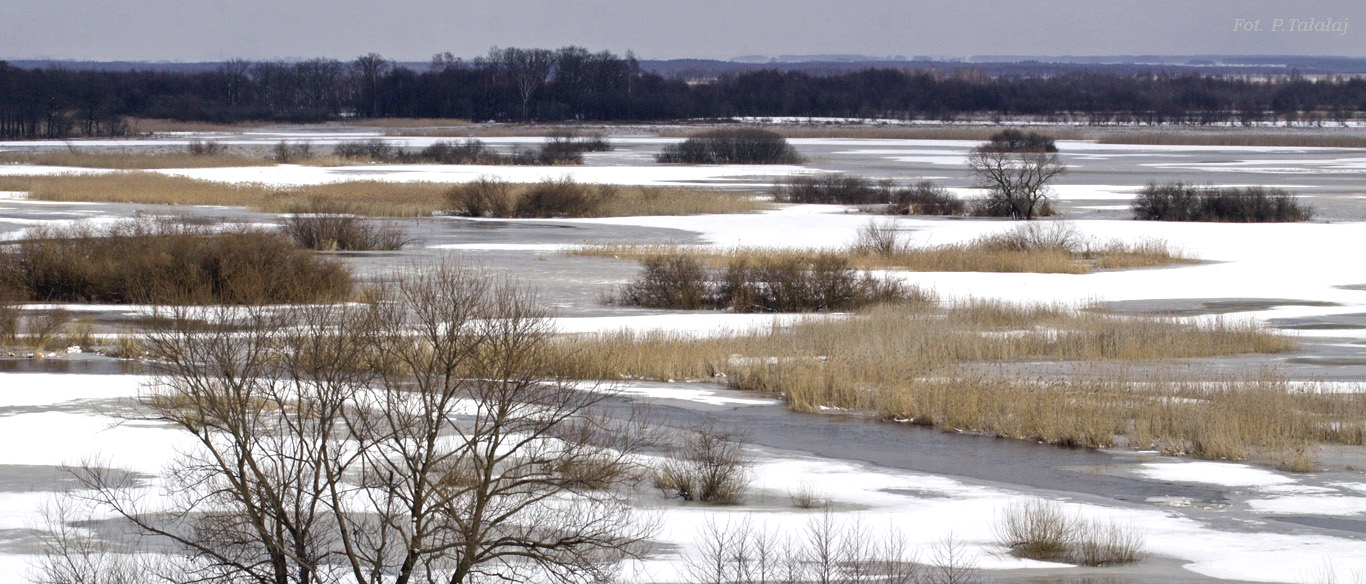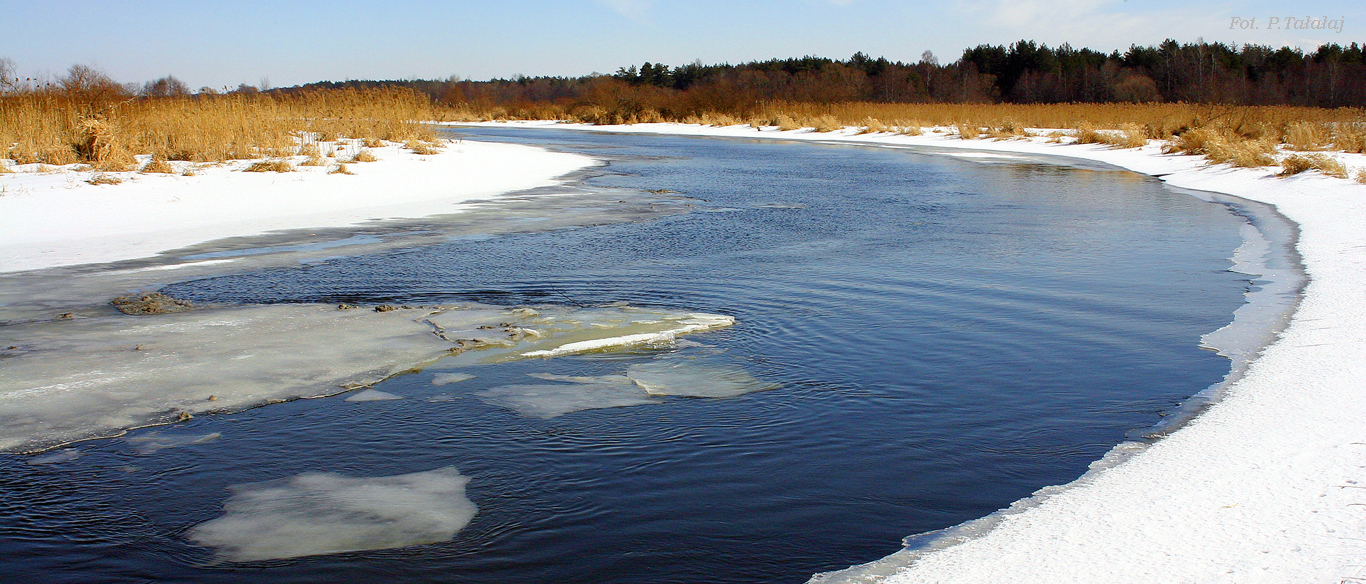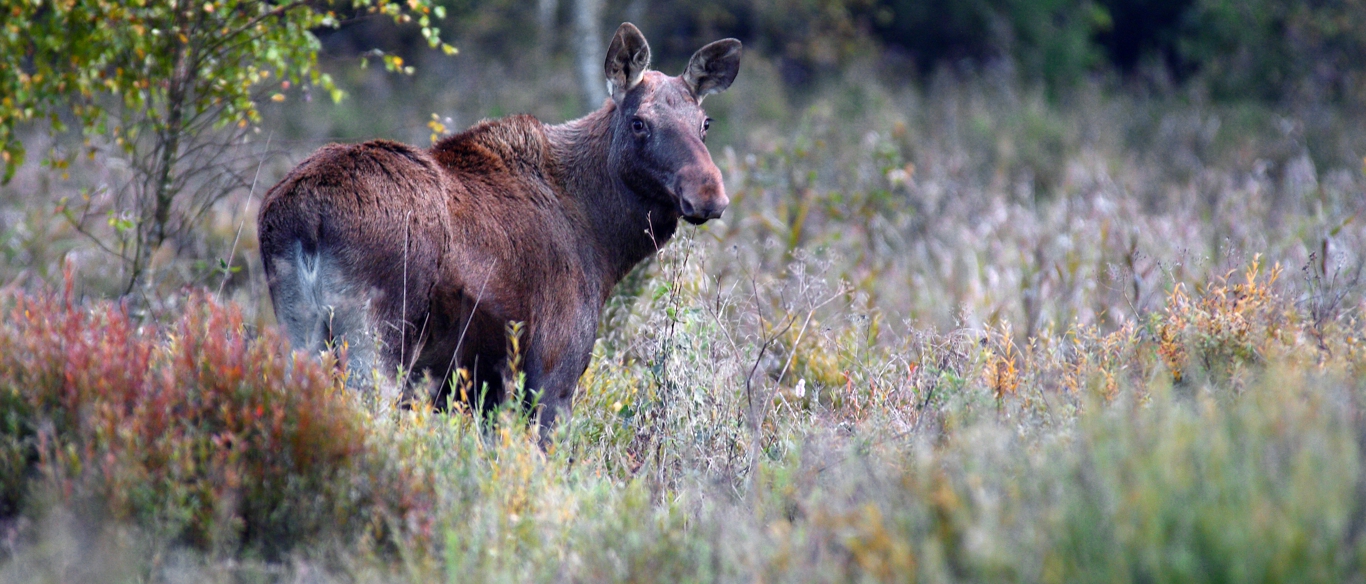Biebrzański Park Narodowy - w trosce o bagna




Links
Access facilitation
Zmień język
- Nature Protection
- Protection of non-forest ecosystems
Contents
Protection of non-forest ecosystems
Discontinuance of extensive agriculture at Biebrza Marshes and changes in water conditions in the area caused scrub and forest vegetation succession upon non-forest ecosystems of peatland in BNP – the biggest threat to the area. The consequence of succession processes is expansion of light–seed species of trees (birch, aspen), scrubs (willows) and reed onto non – forest areas of peatlands. The process of overgrowing of open marshlands causes real transformations to soil, flora and fauna, which brings to biodiversity decreasing of marshy ecosystems and disappearance of valuable biotopes. On the grounds of main provisions of Biebrza National Park Management Plan, it is indispensable to conduct nature protection for the purpose of maintenance of non – forest ecosystems, because of succession occurrence on the whole area. According to BNP Management Plan about 32 000 hectares of Park’s area is scheduled for active protection. Taking into consideration the present state of knowledge, the most effective method of counteracting the succession is mowing and cutting trees and bushes out of marshy meadows, and also grazing as a supporting action. These methods of protective activities imitate the activities used in extensive agriculture, which contributed to development and maintenance of non – forest ecosystems in Biebrza Valley through hundred of years. Other forms of activities (burning, chemicals) are contradictory to principles contained in nature conservation act.
Active protection of open marshlands is very important, because it allows to:
1. Maintain biotopes of many rare bird species unique for Poland and Europe, nesting or feeding on open areas of sedge meadows, such as: aquatic warbler, great snipe, ruff, jack snipe.
2. Maintain feeding grounds for birds of pray, such as: greater spotted eagle, lesser spotted eagle, white - tailed eagle, short – toed eagle, hen harrier. Marshy meadows in Biebrza Valley are reach of small rodents and amphibians, therefore they are very important feeding sites for birds of prey.
3. Resettle non – forest peatlands by waders bird species, like black – tailed godwit, redshank, ruff and jack snipe, which abandoned these sites after overgrowing with birch – willow brushwood.
4. Maintain big diversity of plant communities which occur on peatlands in Biebrza Valley. From the nature point of view, sedge – moss and moss communities are particularly valuable, as they include many rare plant species, which disappear in other parts of the country and Europe, such as: Carex chordorrhiza, Baeothryon alpinum, Pedicularis sceptrum-Carolinum, Saxifraga hirculus and others.
Conditions and scale of protective activities mostly depend on availability to financial support, which is indispensable to implementation of planed actions. Some protective activities are realized at present in Biebrza NP. These actions are implemented within the framework of following projects concerning the protection of non –forest ecosystems:
- “Reconstruction of biotopes of valuable bird species occurring on open areas of sedge meadows in BNP” - The project was financed by EkoFundusz foundation. The implementation of the project ended in October 2002. The project included execution of protective activities on the area of about 730 hectares situated in the Podlaskie Marsh (Southern Basin in BNP). These actions included: brush and trees cutting and exportation of biomass – on the area of 400 hectares, mowing – on the area of 330 hectares. The effect on non-forest marsh ecosystems of protective activities was evaluated within the framework of nature monitoring. The monitoring research regarded changes in bird populations and plant communities.
- “The protection of open marshlands in the area of Southern Basin in BNP” - The project was financed by the National Environmental Found and Water Management. The implementation of the project started in 2001 and will end in 2004. The project included protective activities implemented in the area of Ławki Marsh (Southern Basin in BNP). These actions include: 2001 – brush and trees cutting, mowing and exportation of biomass on the area of 90 hectares; 08.2002-03.2003 – bush and trees cutting, mowing and exportation of biomass on the area of about 680 hectares; 08.2003-03.2004 – mowing and exportation of biomass on the area of about 700 hectares.
Technical possibilities of carrying out the protective activities may be various. Taking into consideration the scale of needs – necessity to execute protective activities on thousand of hectares of Biebrza Marshes - the most effective method is mechanical mowing of marshy meadows using special wetland cutter. These machines must be constructed taking into consideration specific character of wetlands in BNP – especially very weak carrying capacity of the soil and also difficult availability of peatlands, which is caused by big swamping of this area and specific structure of plant communities (occurrence of tussocks).
In the beginning of September 2002 Biebrza National Park purchased a wetland cutter for mowing marsh meadows and sedge communities. It was financed with support of the National Environmental Found and Water Management. The machine was produced by a Swedish company. It can be used for mowing as well as for exportation of cut biomass and it’s operation is very simple.
- autor: I.Naliwajek
News:
Banners on the right side
Contact data
Osowiec-Twierdza 8,
19-110 Goniądz
phone: +48 857380620,
857383000 ext. 233
fax: +48 857383021
e-mail:
sekretariat@biebrza.org.pl
